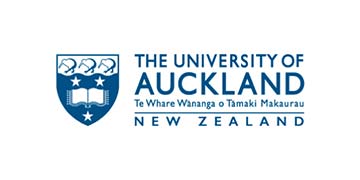University of Auckland: Leading research will add seismic strength to higher-risk buildings
More than 100 multi-storey buildings in Wellington’s CBD alone are identified as well below modern code, so the EQC-funded research by the team from the Faculty of Engineering, Dr Enrique del Rey Castillo, PhD student Victor Li and Dr Rick Henry, is considered urgent.
Lead researcher Dr del Rey Castillo says that reinforced concrete buildings from before 1982 are considered a particular problem compared to modern buildings, as their thin and slender walls can be at higher risk of buckling and collapsing in an earthquake.
“Technically it’s called ‘axial failure’. It can still happen in a newer building, as we saw in Christchurch’s Grand Chancellor Hotel, but pre-1982 design methods mean the risk is higher in those older buildings,” he says. “And right now there is no guidance on how they should be strengthened.”
EQC’s research manager Dr Natalie Balfour says that many older commercial buildings are being converted to apartments, so it is vital to ensure that people live in homes that meet modern earthquake standards.
“EQC decided to fund this research because it will deliver practical guidance on how at-risk walls in older buildings can be strengthened cost-effectively. It will also establish a consistent way of doing these fixes across New Zealand,” says Dr Balfour.
The researchers, who are based in the Department of Civil and Environmental Engineering, have been wrapping danger-spots on at-risk walls in carbon fibre and testing whether this solution can bring the walls up to modern earthquake performance standards.
“We’ve already tested 56 different combinations of concrete, steel and carbon fibre to see when and how they break. This gave us the data we needed to model how to strengthen a particular wall. We are now testing these ideas in the lab with 4-metre high walls loaded with the weight of several storeys,” says Dr del Rey Castillo .
He adds that his team has had a lot of support from industry players like Concrete NZ, Mapei, Sika, Holmes and BBR Contech, who are all extremely interested in the research and in helping to ensure that the testing will deliver real-world results.
“Once we finish this series of tests, we will model how the strengthening has affected the whole building, to make sure that the weakness hasn’t just shifted to another part of the structure,” he says.
Dr del Rey Castillo says that once the testing and modelling is completed, the team will draft guidelines and equations for engineers to use, so they can choose the most effective and cost-effective fix for their particular problem wall.
“With so much input from people working in the industry, we’re confident we’ll be delivering something that can be put to practical use right away.”

